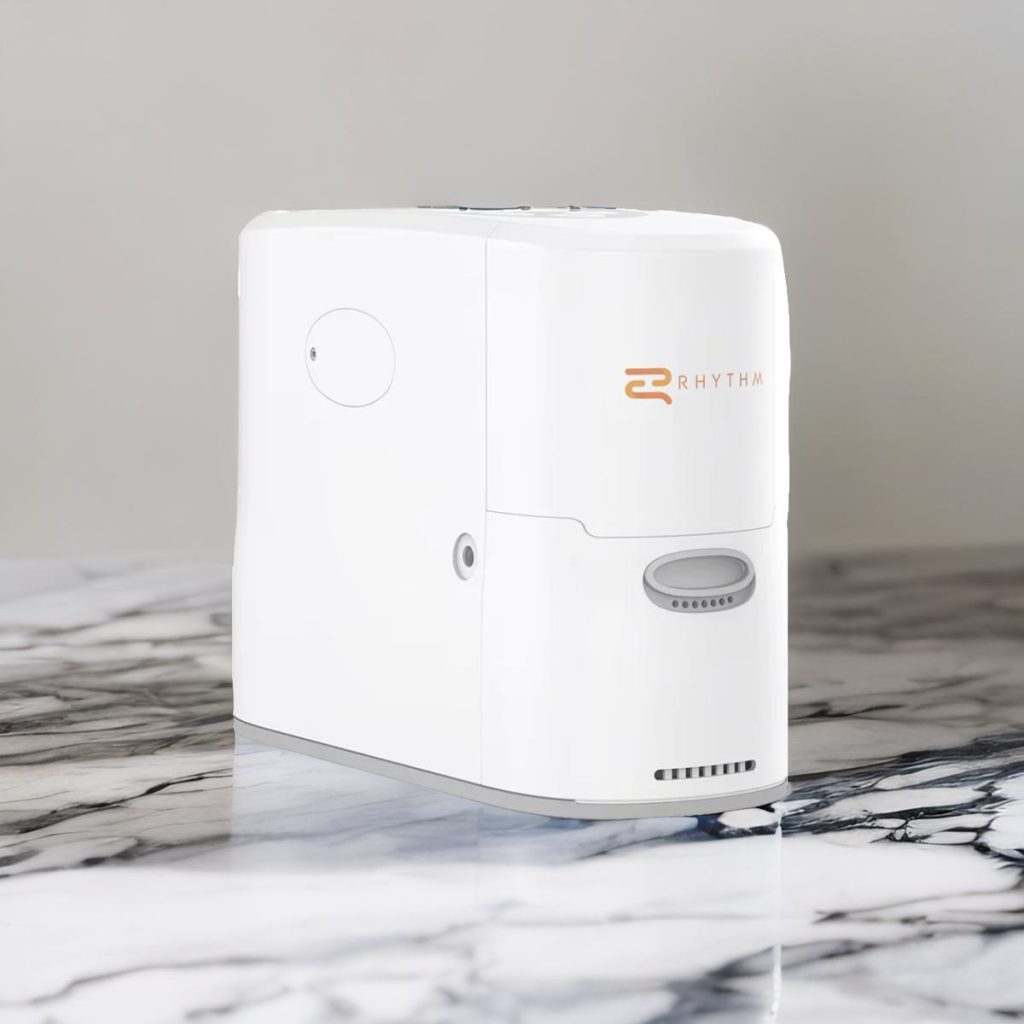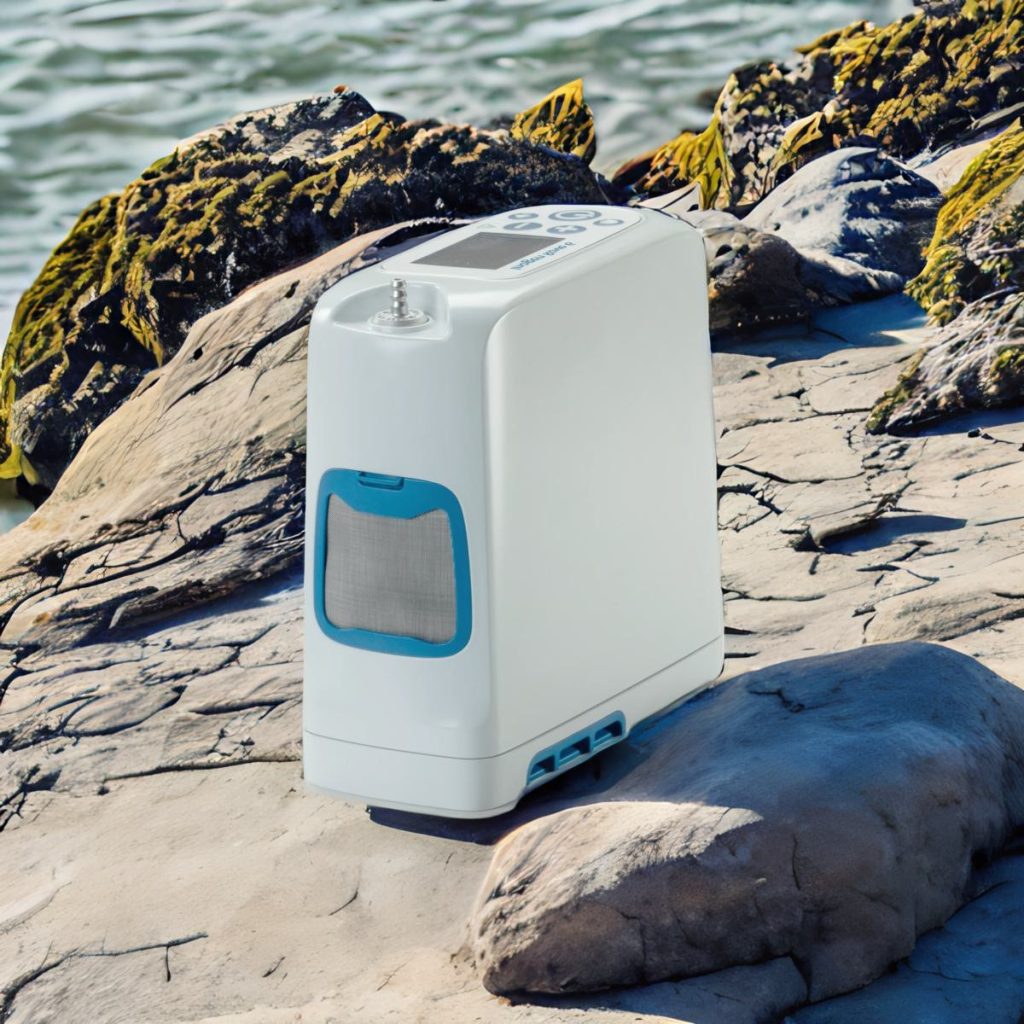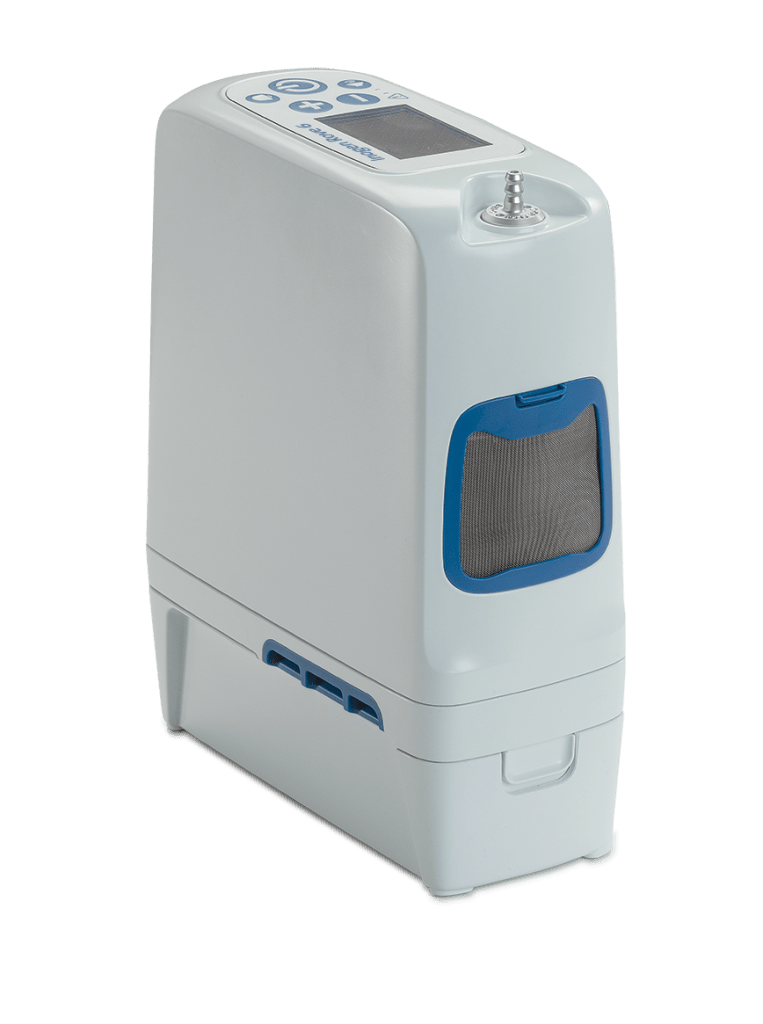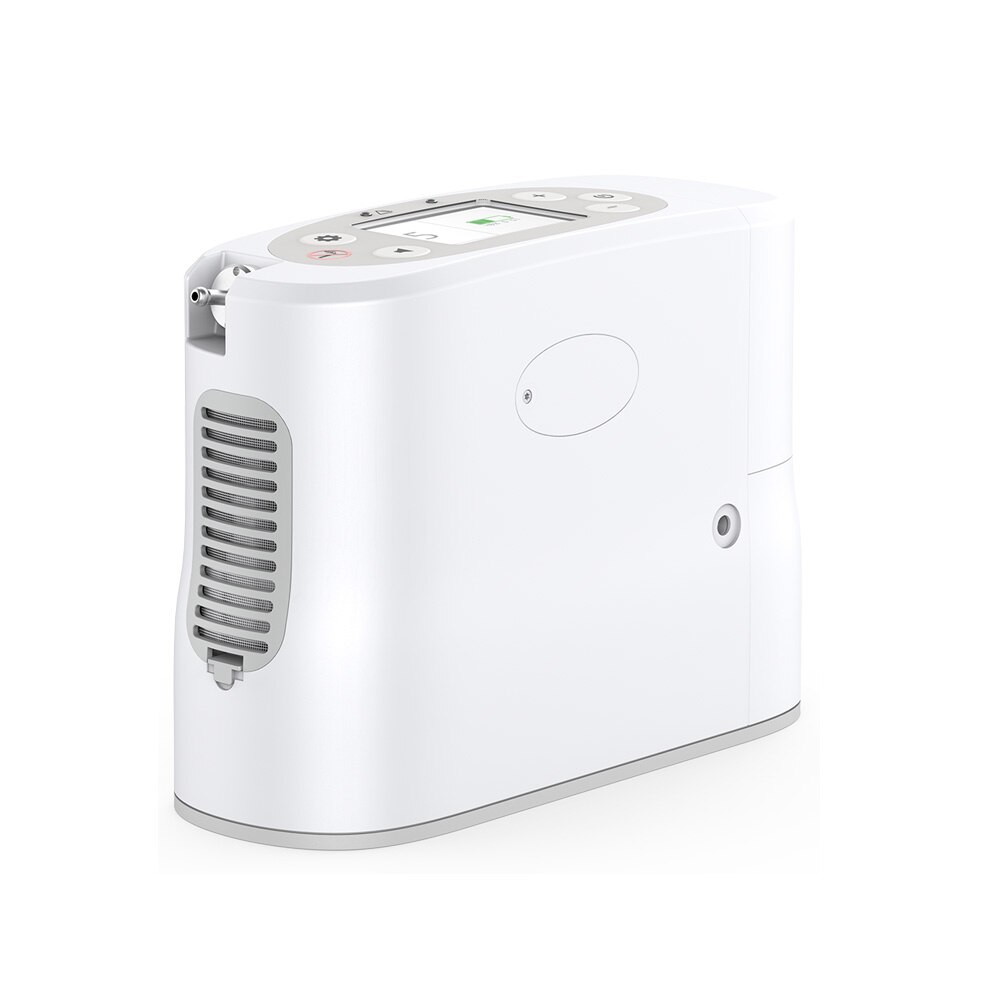Introduction
When selecting a portable oxygen concentrator (POC), it’s essential to compare models to find the best fit for your lifestyle and medical needs. Two notable options are the Rhythm P2 Portable Oxygen Concentrator and the Inogen Rove 6 Portable Oxygen Concentrator. This comprehensive comparison will examine their features, performance, and usability to assist you in making an informed decision.
Design and Portability
Rhythm P2

The Rhythm P2 is designed with portability in mind. Its compact form makes it easy to carry and fit into various bags. Weighing only a few pounds, it offers a lightweight solution for users who are always on the move. The device’s sleek design ensures that it doesn’t draw unnecessary attention, allowing for discreet use in public settings.
Inogen Rove 6
The Inogen Rove 6 also emphasizes portability. With the standard battery, it is slightly heavier than the Rhythm P2, and with the extended battery, it adds even more weight. However, despite the marginal increase in size, the Rove 6 remains a convenient option for active users.

Result:
Both devices are designed for portability, but the Rhythm P2 is slightly lighter and more compact than the Inogen Rove 6. This difference might be significant for users who prioritize minimal weight and size in their oxygen concentrator.
Oxygen Delivery and Flow Settings
Rhythm P2:
The Rhythm P2 offers five pulse dose settings, ensuring that users receive the necessary oxygen levels tailored to their requirements. It delivers medical-grade oxygen with high purity, making it suitable for most oxygen therapy needs.
Inogen Rove 6:
The Inogen Rove 6 provides six pulse dose settings, offering a broader range of oxygen delivery options. This allows for more flexibility for users who may require higher oxygen levels at different times.
Result:
The Inogen Rove 6 offers an additional pulse dose setting compared to the Rhythm P2, providing more versatility. However, both devices deliver medical-grade oxygen suitable for most users’ needs.
Battery Life and Charging
Rhythm P2:
The Rhythm P2’s rechargeable battery offers varying durations based on the selected flow setting. At lower settings, users can expect several hours of use. The battery takes a few hours to fully charge using the AC power supply. It also includes an AC/DC car charger, allowing for convenient charging on the go.
Inogen Rove 6:
The Inogen Rove 6 offers two battery options: a standard battery and an extended battery. The standard battery provides several hours of use, while the extended battery can last significantly longer, depending on the flow setting. This extended battery life is beneficial for users who require longer periods of oxygen therapy without access to charging facilities.
Result:
The Inogen Rove 6 offers longer battery life, especially with the extended battery option, compared to the Rhythm P2. This feature is advantageous for users who need extended oxygen therapy sessions without frequent recharging.

Noise Level
Rhythm P2:
The Rhythm P2 operates with low noise, ensuring minimal disturbance during use. This feature is particularly beneficial for users who value discretion and wish to use the device in quiet environments.
Inogen Rove 6:
The Inogen Rove 6 also operates quietly, making it a suitable option for use in public or serene settings.
Result:
Both devices are designed to operate quietly, making them suitable for use in various environments without causing significant noise disturbances.
FAA Approval and Travel Friendliness
Rhythm P2:
The Rhythm P2 conforms to all applicable FAA criteria for portable oxygen concentrators, allowing users to carry and use the device on board aircraft. This approval enhances its suitability for travelers who require oxygen therapy during flights.
Inogen Rove 6:
Similarly, the Inogen Rove 6 is FAA-approved, making it a viable option for air travel. Its portable design and extended battery options further contribute to its travel-friendly nature.
Result:
Both concentrators are FAA-approved, ensuring that users can travel by air with either device without complications.

User Interface and Display
Rhythm P2:
The Rhythm P2 features an LCD screen that provides clear information about battery life, flow settings, and other essential indicators. The interface is designed for simplicity, allowing users to operate the device with ease.
Inogen Rove 6:
The Inogen Rove 6 is equipped with an intuitive user interface that displays vital information clearly.
Result:
Both devices feature user-friendly displays that make operation straightforward. The choice between them will likely come down to personal preference regarding layout and design.
Durability and Maintenance
Rhythm P2:
The Rhythm P2 is built with durable materials, ensuring long-lasting performance. It requires minimal maintenance, with only basic cleaning and filter replacement needed for optimal functionality.
Inogen Rove 6:
The Inogen Rove 6 is also designed for durability and requires similarly minimal maintenance.
Result:
Both devices offer sturdy construction and require little upkeep, making them reliable long-term oxygen therapy solutions.
Accessories and Additional Features
Rhythm P2:
The Rhythm P2 comes with essential accessories, including a carrying case, AC/DC power adapters, and an easy-to-use interface. Additional batteries and other accessories may be available for purchase.
Inogen Rove 6:
The Inogen Rove 6 also includes similar accessories, with the added advantage of an extended battery option.
Result:
Both devices provide the necessary accessories for daily use, but the Inogen Rove 6 offers more flexibility with its extended battery option.
Which One Should You Choose?
The best choice between the Rhythm P2 Portable Oxygen Concentrator and the Inogen Rove 6 Portable Oxygen Concentrator depends on individual needs:
- Choose the Rhythm P2 if:
- You prioritize a lighter, more compact device for portability.
- You need a simple, easy-to-use interface.
- You want quiet operation with reliable oxygen delivery.
- Choose the Inogen Rove 6 if:
- You need more oxygen flow settings for greater flexibility.
- You require longer battery life, especially with the extended battery option.
- You want a device with a strong reputation in the oxygen therapy industry.
Both devices are excellent choices, offering high-quality oxygen therapy in a portable form. The decision ultimately comes down to personal preferences, lifestyle needs, and oxygen requirements.
You can find both portable oxygen concentrators at Sleeprestfully.com
